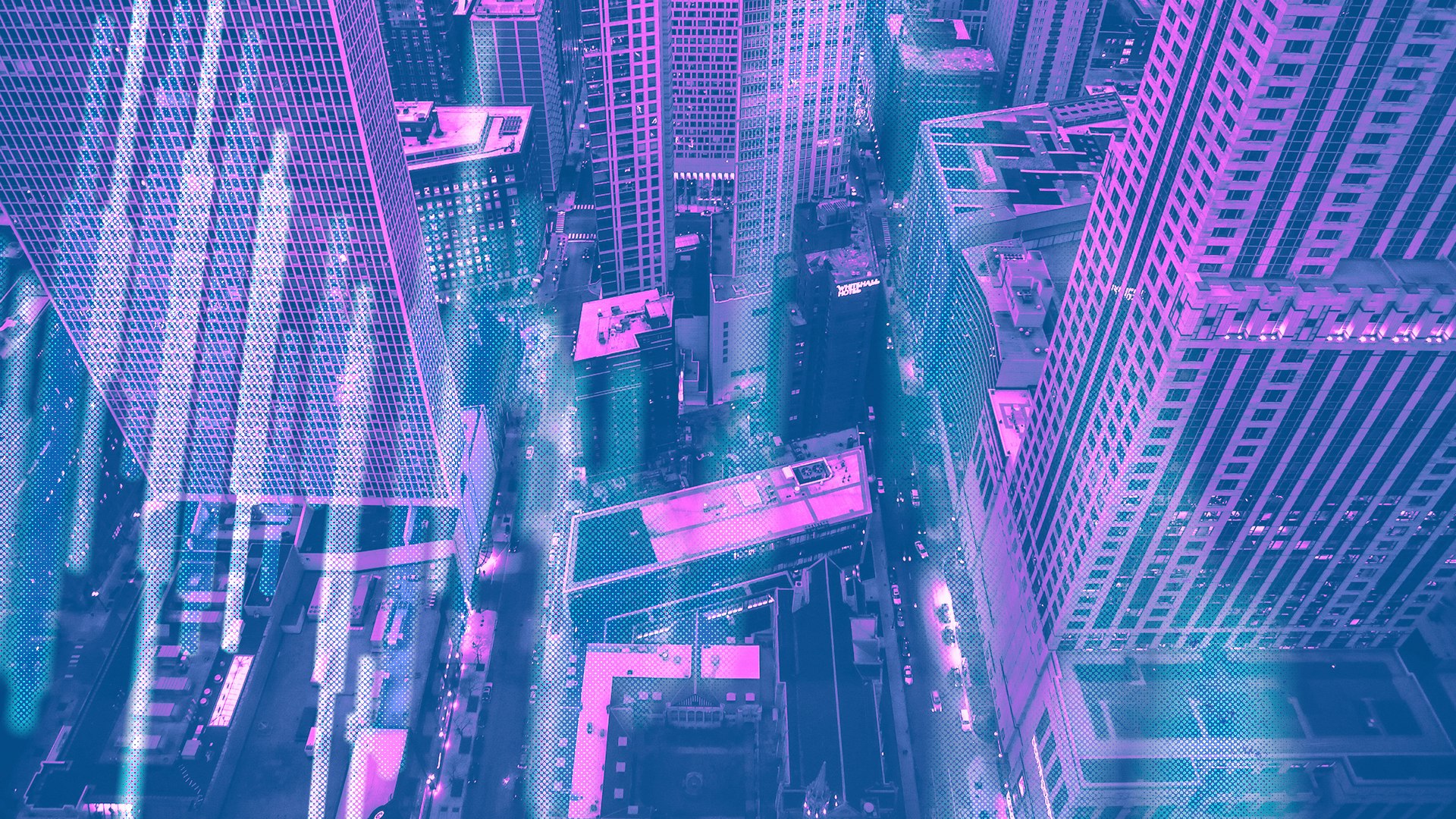Coming soon to the USA! While our services may not be available yet, sign up now to stay in the loop as we bring our innovative crypto solutions to America.
What is Real World Asset Tokenisation? Here is the Explainer
Learn how real-world asset tokenisation is transforming industries, solving problems, and creating opportunities.
In this article...
- Tokenisation addresses accessibility issues in traditional asset markets.
- It unlocks new possibilities for fractional ownership
- Learn what problems tokenisation solves.

If you own something valuable, like a painting, a house, or even a rare sneaker collection, this may interest you. What if you could turn that thing into a digital version that people could buy, sell, or trade online?
That’s the basic idea behind real world asset tokenisation. It’s a hot topic in today’s digital economy, and it’s shaking up how we think about owning and investing in material items.
What does "tokenisation" mean?
Tokenisation is creating a digital twin of something real. You take a physical asset and turn it into a digital token. This token exists on a .
You can also split the digital asset into smaller units. Each token represents a piece of that asset. For example, if you tokenise a $1,000,000 house, you could split it into 1,000,000 tokens worth $1 each. Then, people can buy those tokens and own a tiny slice of the house.
Why tokenise real world assets?
Real world asset tokenisation could solve some big problems and open up new possibilities.
Easier access to investing
Normally, buying something like an apartment or a can require a large spend. Tokenisation lets people buy just a small part of it instead. So, even with $50, people could own a fraction of something valuable.
Faster buying and selling
Selling a house or a rare collectible can take months. There’s paperwork, lawyers, and waiting around. With tokens, it’s all digital, so trades can happen in minutes online.
More people can join in
Tokenisation makes it possible for anyone with an internet connection to invest.
Examples of Real World Assets
-A big apartment building gets split into thousands of tokens. You buy a few and technically own a tiny piece of it.
-A famous painting worth millions is tokenised.
-Even traditional investments like stocks can get the token treatment for easier trading.
How does it work?
Pick an asset: Someone decides to tokenise something, like a property.
Create tokens: Make digital tokens that represent the asset.
Sell the tokens: These tokens go on a platform where people can buy them with money or cryptocurrency.
Trade: Once you own a token, you can hold onto it, sell it, or trade it.
Are there any downsides?
Tokenisation has some challenges. Governments are still figuring out how to regulate it. If you’re not into tech, the blockchain part might feel overwhelming at first. And, like any investment, you could lose money if the asset’s value drops.
It is also essential to understand exactly what rights a tokenised real world asset confers on the holder of the token. For example, it may be a contractual right to receive returns (e.g. in the case of property, rental income or the sale of property).
It could also be a contractual right to request delivery of the property, for example, in the case of tokenised gold. As there are many different forms of tokenised real world assets, it is possible that the legal rights attaching to any particular token could be unclear or unenforceable.
Conclusion: Real World Asset Tokenisation
In the future, trillions of dollars’ worth of assets could be tokenised. That’s everything from skyscrapers to rare comic books. And it could be a growing industry in the future, so it might be a good idea to keep an eye on the technology.
Suggested Articles
What is Bitcoin (BTC)? What is "Digital Gold" Used For?
What is Bitcoin? It is a digital currency that can be traded, exchanged, and used as a form of payment independent of central banks and governments.What is Ethereum? What is ETH Used For?
Ethereum is a decentralised blockchain-based open-source software platform that allows for the development of decentralised applications (dApps).What Is Crypto? How do Cryptocurrencies Work?
Crypto has become incredibly popular. But how does this digital currency work? And are there cryptos other than Bitcoin?Browse by topic
Copyright © 2023 CoinJar, Inc. All rights reserved. The products and features displayed on this website are representative of our Australian and UK services and certain features may not be offered to customers residing in the United States, depending on applicable state and federal regulations.
Google Pay is a trademark of Google LLC. Apple Pay and Apple Watch are trademarks of Apple Inc.
This site is protected by reCAPTCHA and the and apply.